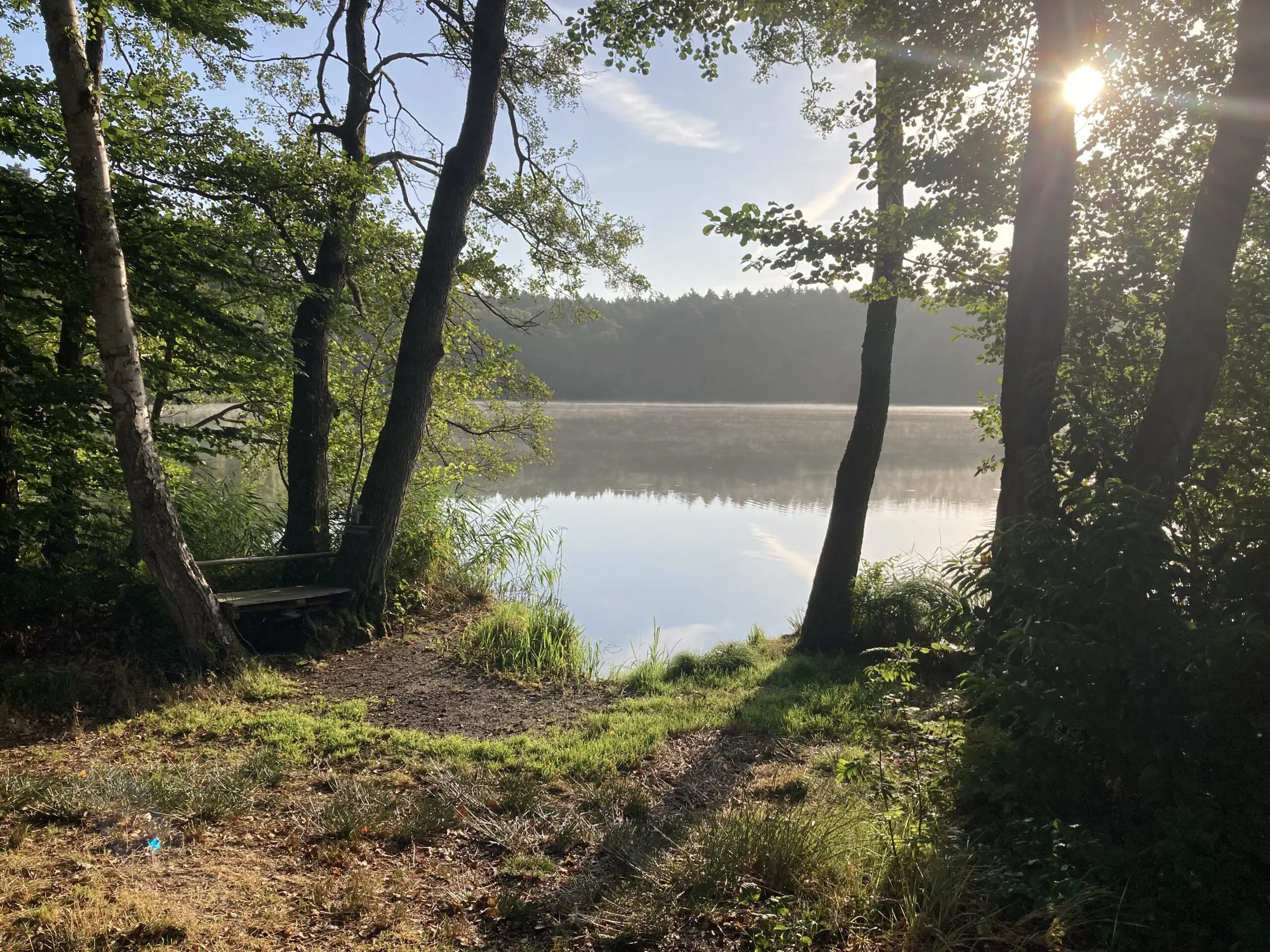Today, I launched willemprins.me to present myself online and share my writing. As I’ve learned over the years, Somtijds is really hard to spell and pronounce. In comparison, my name is much easier. Also: my name is my name, which kind of makes it perfect for a personal brand. Truth be told, there’s quite a few people with my name, but luckily, it’s not easy to confuse me with the guy who owns willemprins.com, because he’s a photographer oh shoot… also a web developer.
Thanks go out to Róbert for suggesting the domain name to me and talking me out of registering willem.wtf – an alluring option but arguably not the best choice for a PG-friendly personal site. Thanks also to my lovely wife, who congratulated me with the purchase of the domain name by asking me “and do you also know what you’re going to put on it?”. The answer was ‘no’, of course.
An easy way to start for any tech blogger is to write how the blog itself was built, so let me just do that, because I did consider a few other options before falling back to the tools I already had some experience with.
The tools I used: mostly sticking to what I already knew
So let’s look at the stack I stuck to:
- CMS: WordPress 6.7. After noticing a bit of buzz around Ghost, I did set up a local environment to try out this open source publishing solution. Weighing the additional costs of a Ghost droplet and other hurdles I would unavoidably encounter not being familiar with the tool, I decided against switching to the shiny new thing.
Coincidentally, willemprins.com is built with Ghost! - Initial concept and bootstrapping: I chose the theme and did some first explorations using WordPress Studio. A week earlier, I had done something similar with a friend using WordPress Playground
- Theme: Pulitzer, a block-based theme by Anders Norén. I am happy to see that I unknowingly adopted a “what I do and where I live” headline similar to Anders’ site.
- Local environment setup: DDEV, installed with Homebrew. After noticing that Studio does not let you use WP-CLI, I switched back to the PHP-focused, docker-based local development tool I used at Syde.
- Local database management: for a quick DB manipulations, I use Sequel Ace, also available through Homebrew and which integrates nicely with DDEV. A simple
ddev sequelacecommand is enough to get started. - Deployment: I deployed this site onto an existing Digital Ocean droplet using Sail CLI by Konstantin Kovshenin.
- IDE: Visual Studio Code – although I have only used this to create a .deployignore file for Sail, to prevent that my local wp-config.php would get deployed.
Conclusion so far: Sail is still great, especially when your website relies on Full Site Editing (FSE)
If you plan on launching a simple blog with a block-based theme, you might not need to write a lot of custom code. That means you might be able to skip the trouble of using Git and building a deployment pipeline around your VCS. Sail simply takes your files, creates a new release and leverages the Digital Ocean API to push to your droplet. That’s the other benefit of Sail CLI: once you have instantiated a droplet with Sail, you don’t have to spend any time or money to add additional sites to it. This site uses the same resources as my wife’s site.
Although Konstantin did most of the work on Sail 3 years ago, he has recently released an update, which bumps the specs for droplets instantiated by Sail. Running this on MacOS Sequoia with freshly brewed packages, I did run into a few issues with outdated dependencies. So far, I’ve had to downgrade from Node 23.4 to Node 20.11.1, and python does throw a warning similar to the one described in this SO topic.
Still, regardless of these hiccups, I had the site up and running within an hour and in combination with DDEV, it’s been a very smooth ride so far. “Stick to what you know” is not just great advice for writers, it’s also helpful when you need to ship something quickly as a developer.
The plug: a very nice DigitalOcean referral link
If you’re keen on trying out Digital Ocean with Sail for your WordPress project , you can use the following link to get a $200 credit: https://m.do.co/c/dd6caaf81889. The credit is for 60 days only, but it’s perfect for experimenting with their powerful platform.
Stay tuned as I hope to write some more about Sail CLI and the benefits it brings over certain other solutions. And if I get the chance to contribute to the project myself, I’ll do it. But first, some sleep. Good night!



Leave a Reply